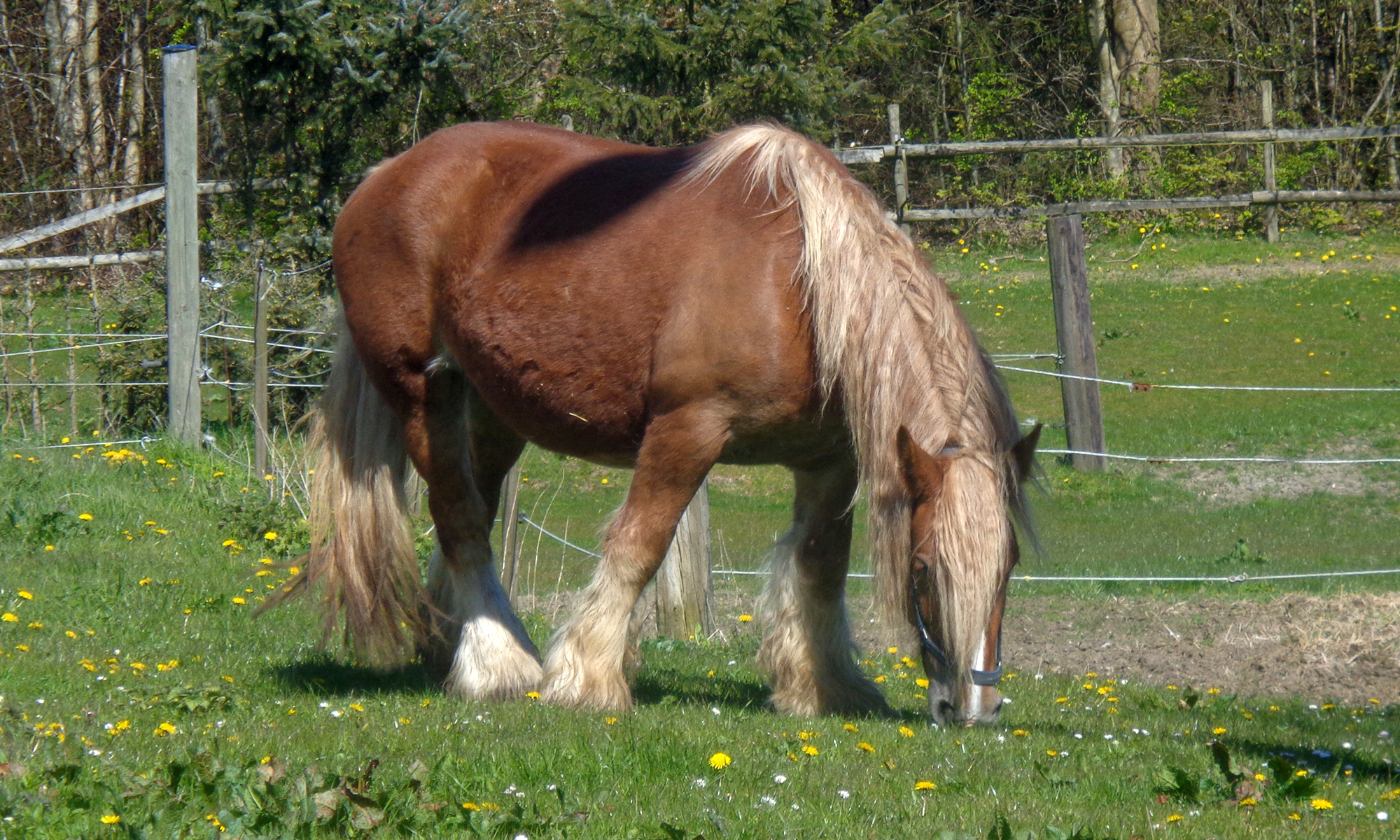






Something, nothing, everything. Mostly horses.






I already wrote about horses and yawning once this week, but it bears repetition. Yawning is a displacement signal. It tells an aggressive herd member to take a chill pill and relax. There is no danger. Breathe, man, breathe.
Anna Blake has a great article on yawning as a calming signal here.
Oh, and you can probably tell that my experiments with colour are ongoing. Let me know what you think.

What do you do when it’s pouring cats and dogs, excluding walks, and your horse is still too lame to ride? You train hoof picking, of course. Emilie lifts her feet just fine when asked, but she’s still struggling with the bit about keeping them in the air until we’re done.
I wondered how to make her understand what it is that I want. She lifts her feet willingly but keeping them up just didn’t seem to click. Yesterday, while asked to lift her foot, she looked intently at me and then started to yawn, three, four times in a row. Aha! said I.
When a horse yawns at you, it doesn’t necessarily mean that the horse is bored or tired. Yawning is a displacement. When one horse — or person — yawns, it catches. Everyone else yawns. Everyone else relaxes a bit. What Emilie was saying was, “Slow down, please. I’m confused and I need to process this without you bugging me to do it faster.”
So we slowed down. Instead of ‘lift foot and hold it’, we settled for ‘lift foot and put it down slowly instead of stomping’. Relax. Every other lift, a scritch in her favourite spot between the legs. Less stress. Less pressure.
She’s gone from waving and stomping to raising foot, keeping it up for 3 seconds on her own, and putting it down gently in two sessions. I’m very content.